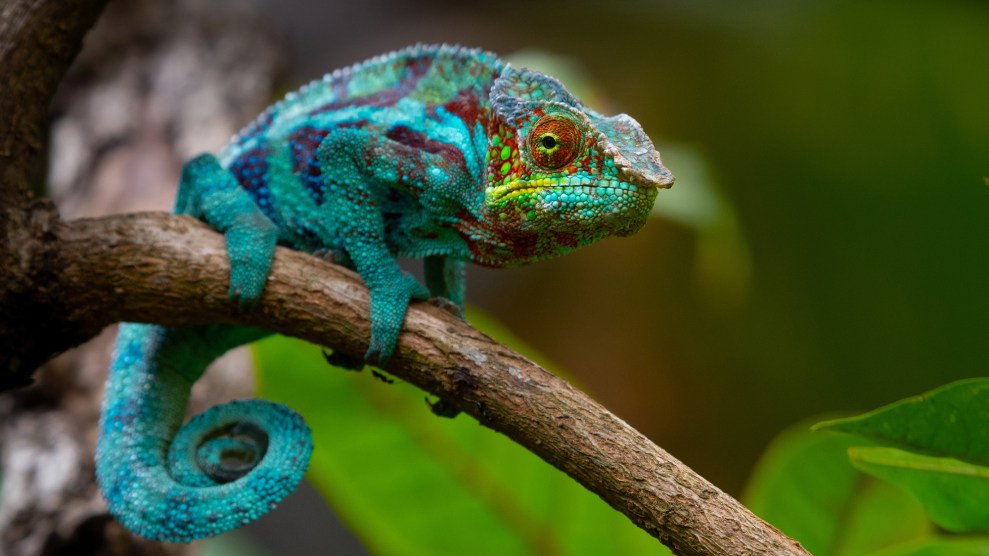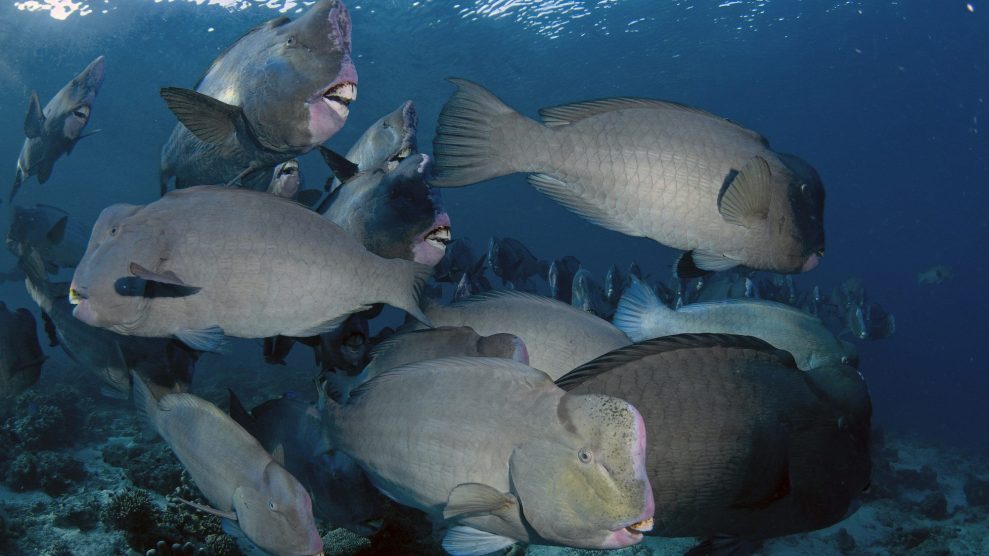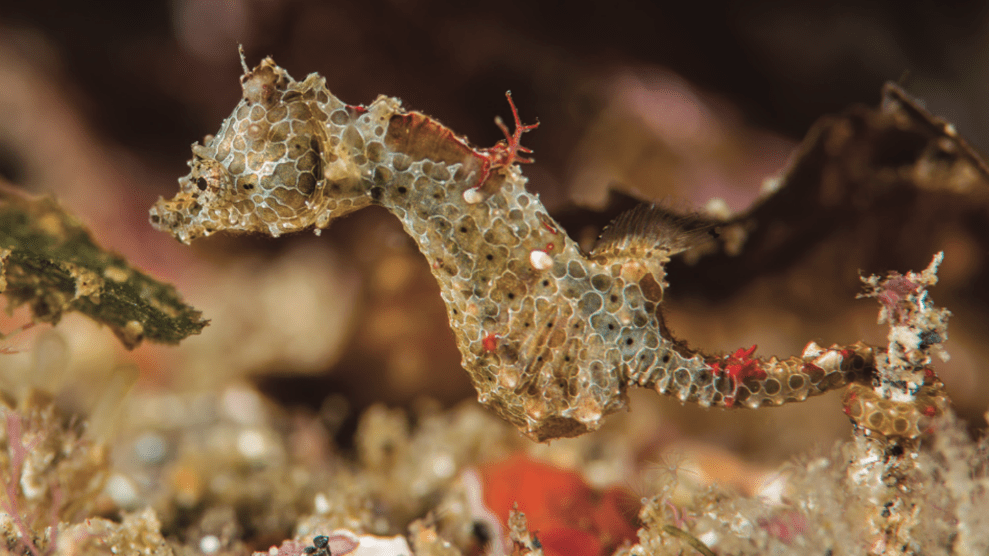
Getty Images
This story was originally published by the Guardian and is reproduced here as part of the Climate Desk collaboration.
Over millions of years of evolution, nature has worked out solutions to many problems. Humans have arrived late in the day and pinched them. For example, Velcro was invented after a Swiss engineer marveled at the burdock burrs that got stuck to his dog’s fur; the idea for robotic arms came from the motion and gripping ability of elephant trunks, and the front of Japan’s bullet trains were redesigned to mimic a kingfisher’s streamlined beak, reducing the sonic boom they made exiting tunnels.
There are different types of mimicry, the most straightforward is the simple idea of copying something that exists in nature. Buildings are an obvious example, as outlined by research published in Nature. The Beijing national stadium is inspired by a bird’s nest, the Lotus Temple in India is shaped, unsurprisingly, like a lotus and the Palm Jumeirah in Dubai is shaped like a palm tree.
Next, there is mimicry of both design and function, such as camouflage dress being inspired by nature’s ability to disguise itself. Then there is mimicry solely for function, for example the blades in noiseless fans are modeled on whale fins and gecko tape on the lizard’s sticky feet.
Our ability to copy nature is becoming more sophisticated thanks to advances in nanotechnology. The atomic force microscope, invented in the 1980s, uses a probe with a very sharp tip, 1,000 times smaller than a width of hair, and can closely scan sample materials. This has facilitated the development of biomimicry, which allows better replication of natural materials than ever before.
Saurav Goel, a professor in manufacturing at London South Bank University, is working to engineer materials that decompose, as sustainable alternatives to ones currently being used. “Plastics, glass, cement and alloys are common engineering materials and their recycling consumes a lot of energy. It means that their natural decomposition will take several decades. This is a primary roadblock to sustainability,” he says.
His team is trying to replicate dragonfly wings, which are naturally antibacterial, for use in artificial body parts because they could be more hygienic than current materials. His aim is to create a “bio-robot” in the next 50 years which has soft tissues that resemble those of a human. “To us, our human body is the perfect biological machine,” he says.
Five cool ideas from nature for the future
- Scientists have long been impressed at how well mussels cling to rocks underwater. Now, they are working out how to replicate their sticky proteins to create a non-toxic glue that instantly sticks materials together, even underwater. It could be used to close wounds after surgery.
- Watching how ducks swim in a row is providing clues to shipping goods around the world in more energy-efficient ways. When a duckling finds the “sweet spot” behind its mother, something called “destructive wave interference” occurs: instead of the drag holding the duckling back, it actually pulls it forward so it uses less energy to paddle along. Other ducklings in the line benefit too. If ships travelled as part of “water-trains” they could carry more cargo with no additional fuel.
- Plant roots are able to selectively suck up water and specific nutrients needed for growth. Scientists are trying to mimic them to create better water purification techniques.
- The chameleon’s color-changing skin contains little crystals, which reflect light differently depending on how big they are, or how they are arranged—to change color they simply tense or relax their skin. Scientists are working out how to copy the way they adjust their colors based on their environment to make artificial “smart skins” that could be used as camouflage or signaling over long distances.
- Plants produce food by photosynthesis, and when they do this they suck carbon dioxide out of the atmosphere. For decades, scientists have been trying to replicate this process as a way to produce energy and tackle the climate crisis. Researchers in California have now managed to turn carbon dioxide into ethanol (which can be used as fuel) using a makeshift solar-powered cell.











